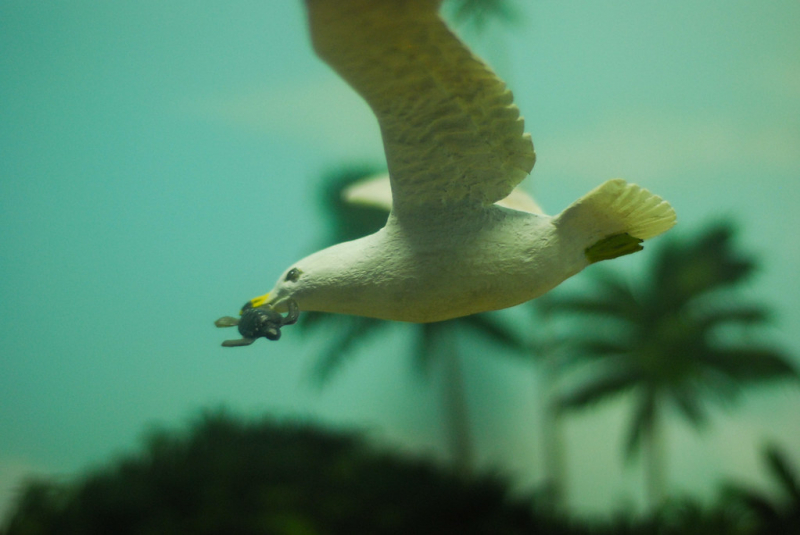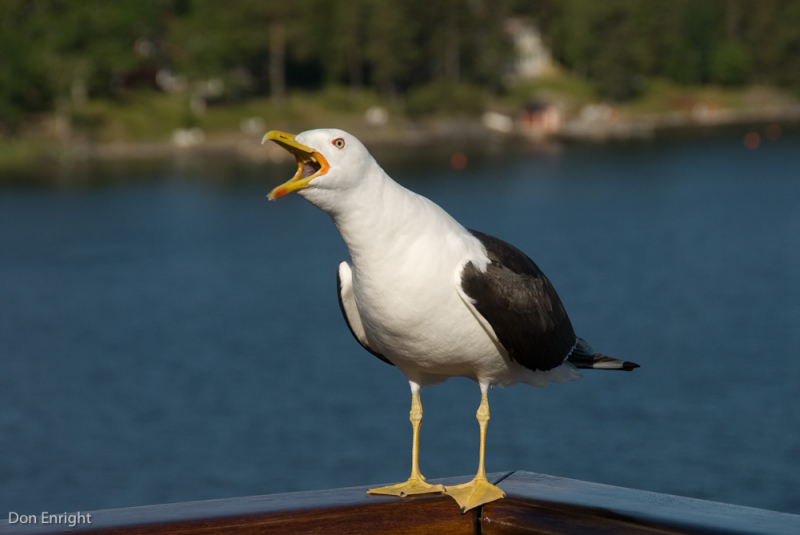Seagulls
Also referred to as “seagulls,” the gulls are a group of seabirds that are closely related to the terns. Over 50 recognized gull species in the world have varying sizes, with the Great Black-backed Gull (Larus marinus) being the largest and the Little Gulls being the smallest.
All gull species have substantial bodies, moderate necks, and lengthy wings despite their various sizes. The majority of them also have rounded tails (except for 3 species). The gulls can eat fish, reptiles, amphibians, rodents, earthworms, insects, eggs, and invertebrates. They are flexible eaters with a wide diet. In addition, they have been observed eating plant items like fruits, seeds, and leftover human foods.
Gulls can consume certain species of tiny turtles, including their eggs and hatchlings. The unfair advantage of being able to spot young sea turtles from the air or the ground belongs to seagulls. A seagull flock can completely destroy a nest of 100 hatchlings as they battle to run through the dunes and into the ocean. Baby sea turtles are snatched up by seagulls along the beach as they scramble through the sand towards the water, and frigate birds swoop them up from the water and land's surface.










